Growth in High Voltage Equipment
The Sulfur Hexafluoride Market is poised for growth due to the rising demand for high voltage equipment. Sulfur hexafluoride is widely recognized for its excellent insulating properties, making it an ideal choice for high voltage circuit breakers and switchgear. As the global energy landscape evolves, there is a marked increase in investments in renewable energy sources, necessitating the deployment of advanced electrical infrastructure. The market for high voltage equipment is expected to expand, with projections indicating a growth rate of approximately 6% annually. This expansion is likely to enhance the consumption of sulfur hexafluoride, as utilities and manufacturers seek reliable solutions to manage electrical loads efficiently. Consequently, the synergy between the high voltage equipment sector and the sulfur hexafluoride market is expected to foster a robust growth trajectory.
Rising Demand in Power Generation Sector
The Sulfur Hexafluoride Market is experiencing heightened demand from the power generation sector. As countries strive to enhance their energy security and transition towards cleaner energy sources, the need for reliable and efficient power generation technologies becomes critical. Sulfur hexafluoride is extensively used in gas-insulated switchgear, which is essential for managing electrical distribution in power plants. The power generation market is projected to grow steadily, with estimates suggesting an increase in capacity by approximately 4% annually. This growth is likely to drive the consumption of sulfur hexafluoride, as utilities seek to improve the efficiency and reliability of their operations. The interplay between the power generation sector and the sulfur hexafluoride market is expected to create new opportunities for growth and innovation.
Advancements in Medical Imaging Technologies
The Sulfur Hexafluoride Market is benefiting from advancements in medical imaging technologies, particularly in ultrasound imaging. Sulfur hexafluoride is utilized as a contrast agent in ultrasound procedures, enhancing the clarity and accuracy of diagnostic images. The increasing prevalence of chronic diseases and the growing emphasis on early diagnosis are driving the demand for advanced imaging solutions. The medical imaging market is anticipated to grow at a compound annual growth rate of around 7% over the next few years, which could lead to a corresponding rise in the use of sulfur hexafluoride. As healthcare providers seek to improve patient outcomes through innovative imaging techniques, the role of sulfur hexafluoride in this sector becomes increasingly vital, thereby propelling the market forward.
Increasing Use in Semiconductor Manufacturing
The Sulfur Hexafluoride Market is experiencing a notable surge in demand due to its critical role in semiconductor manufacturing. As the electronics sector continues to expand, the need for high-purity gases like sulfur hexafluoride becomes paramount. This gas is utilized in various processes, including plasma etching and dielectric insulation, which are essential for producing advanced microchips. The semiconductor market is projected to grow significantly, with estimates suggesting a compound annual growth rate of over 5% in the coming years. This growth directly correlates with the increasing consumption of sulfur hexafluoride, thereby driving the market forward. Furthermore, the trend towards miniaturization in electronics amplifies the need for efficient and reliable insulating materials, positioning sulfur hexafluoride as a preferred choice in the industry.
Regulatory Support for Greenhouse Gas Alternatives
The Sulfur Hexafluoride Market is influenced by regulatory support aimed at reducing greenhouse gas emissions. While sulfur hexafluoride is a potent greenhouse gas, its unique properties make it indispensable in various applications. Regulatory bodies are increasingly promoting the use of alternatives and technologies that minimize emissions, which could lead to innovations in sulfur hexafluoride applications. The market may witness a shift towards more sustainable practices, potentially enhancing the demand for sulfur hexafluoride in controlled environments where its benefits outweigh environmental concerns. This regulatory landscape may encourage research and development efforts to optimize the use of sulfur hexafluoride, ensuring its continued relevance in the market while addressing environmental challenges.
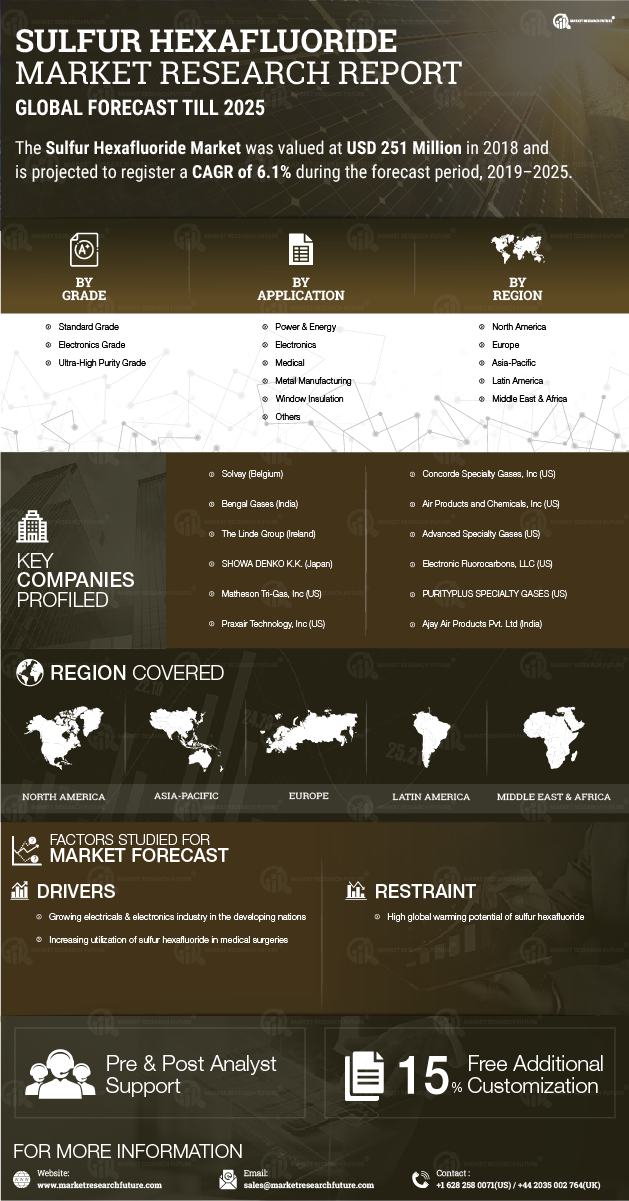

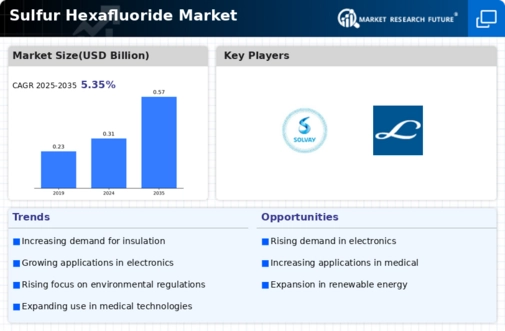
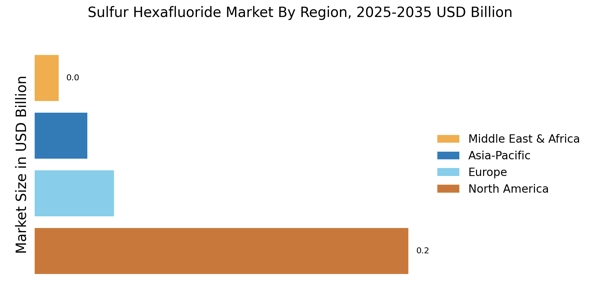
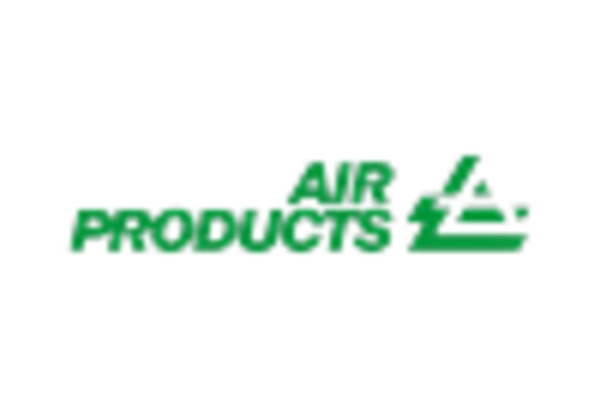


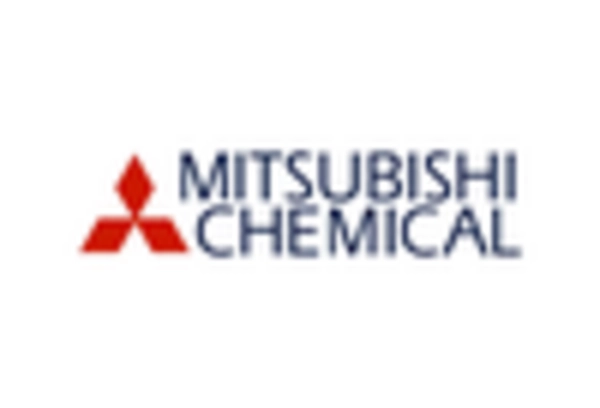

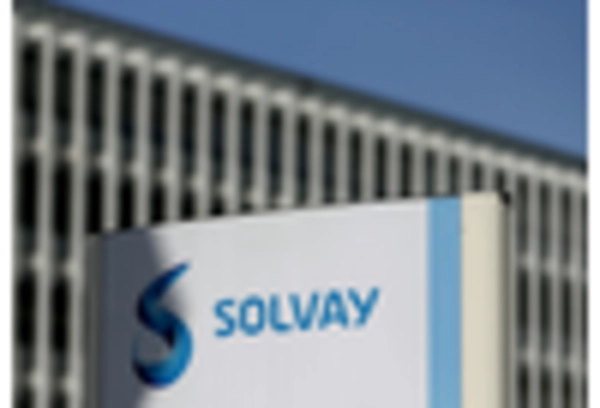








Leave a Comment